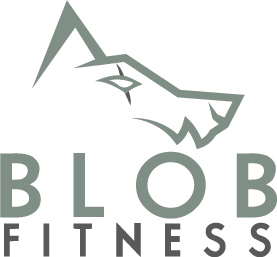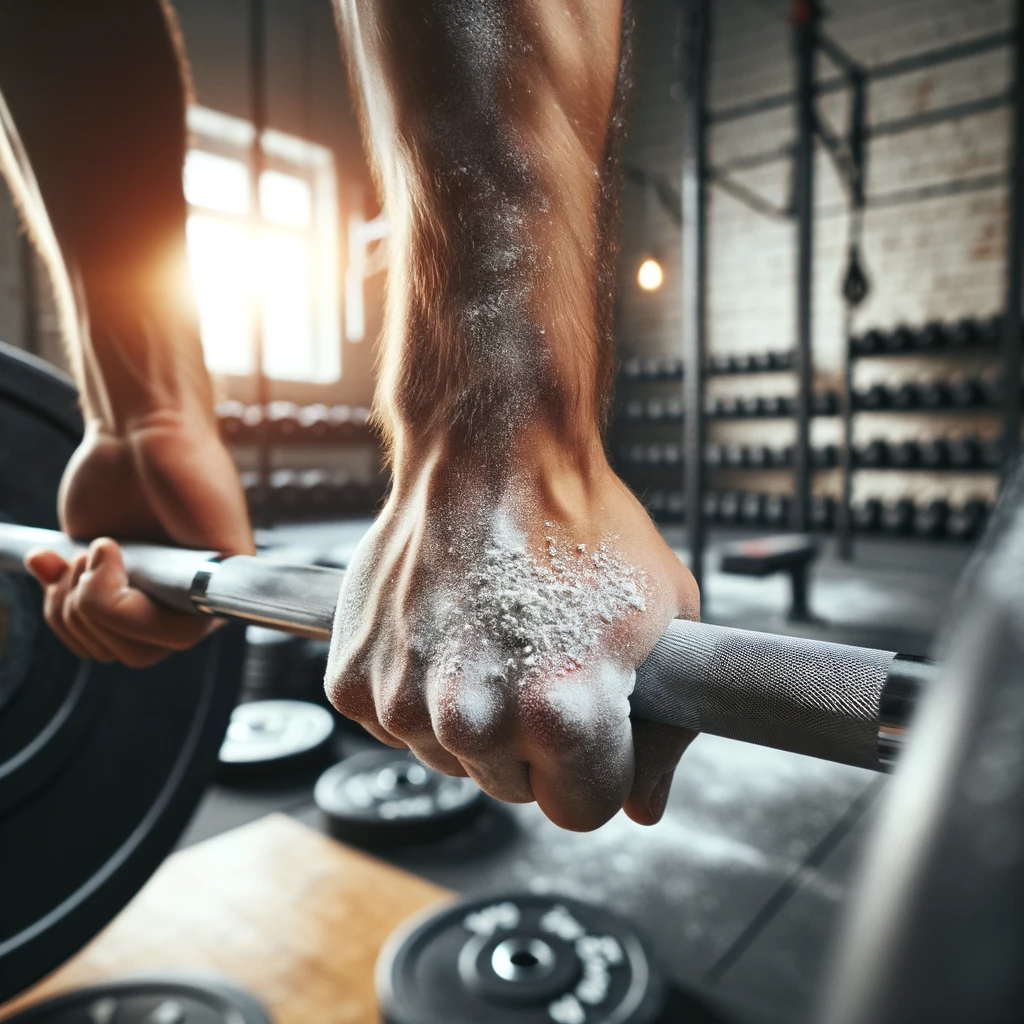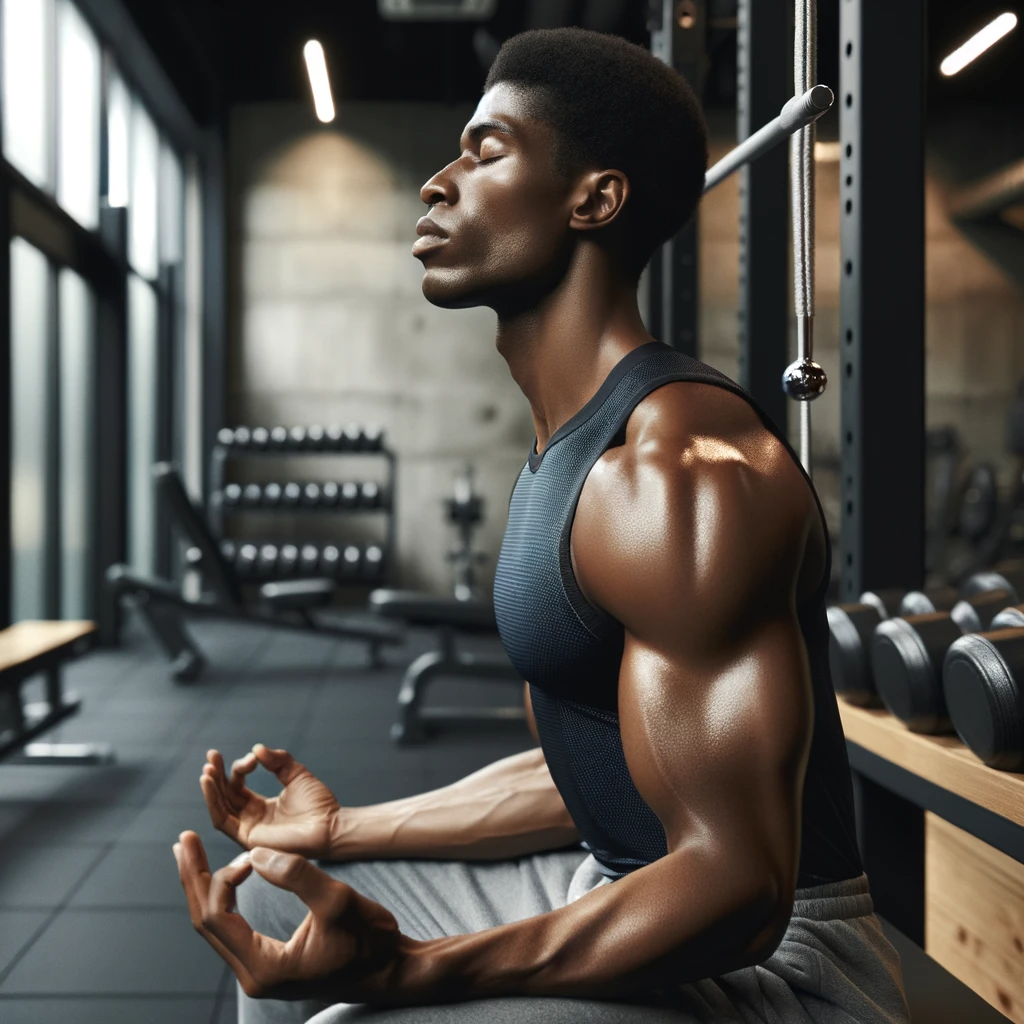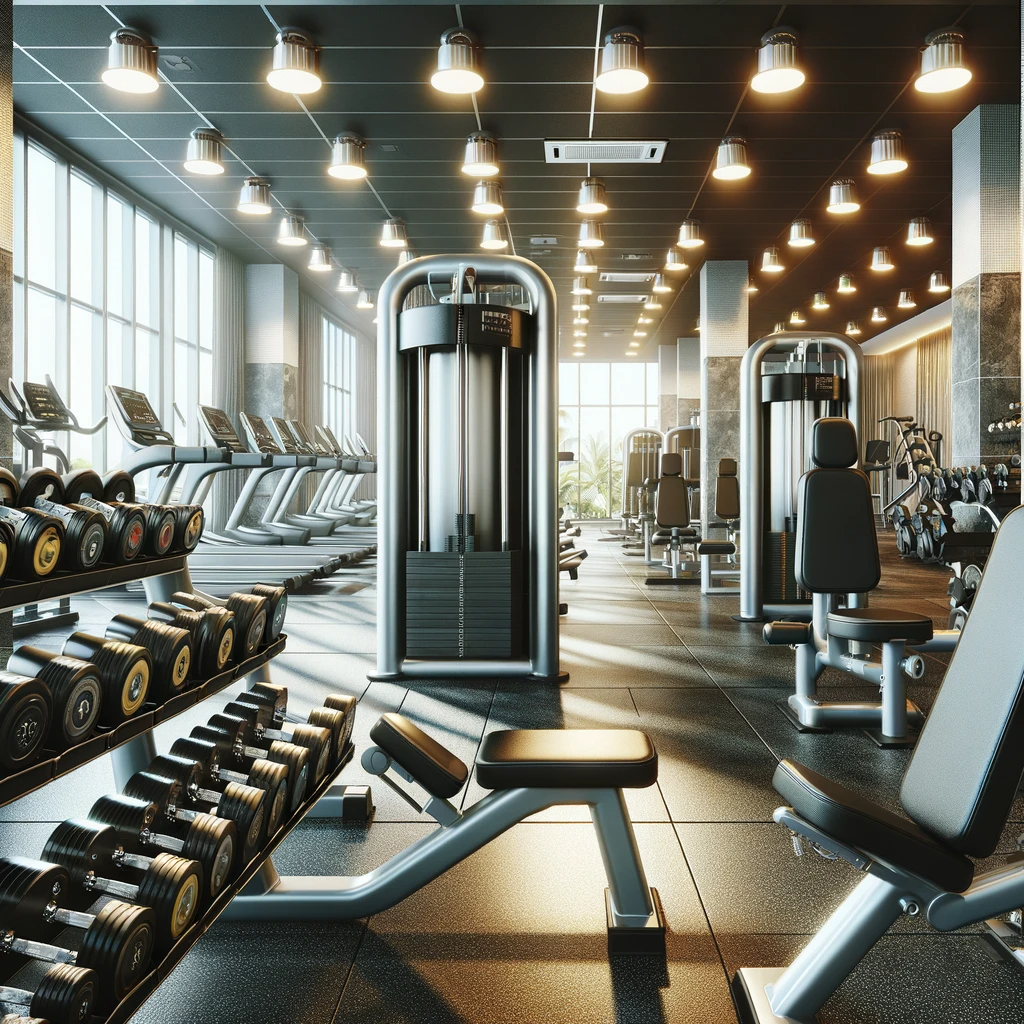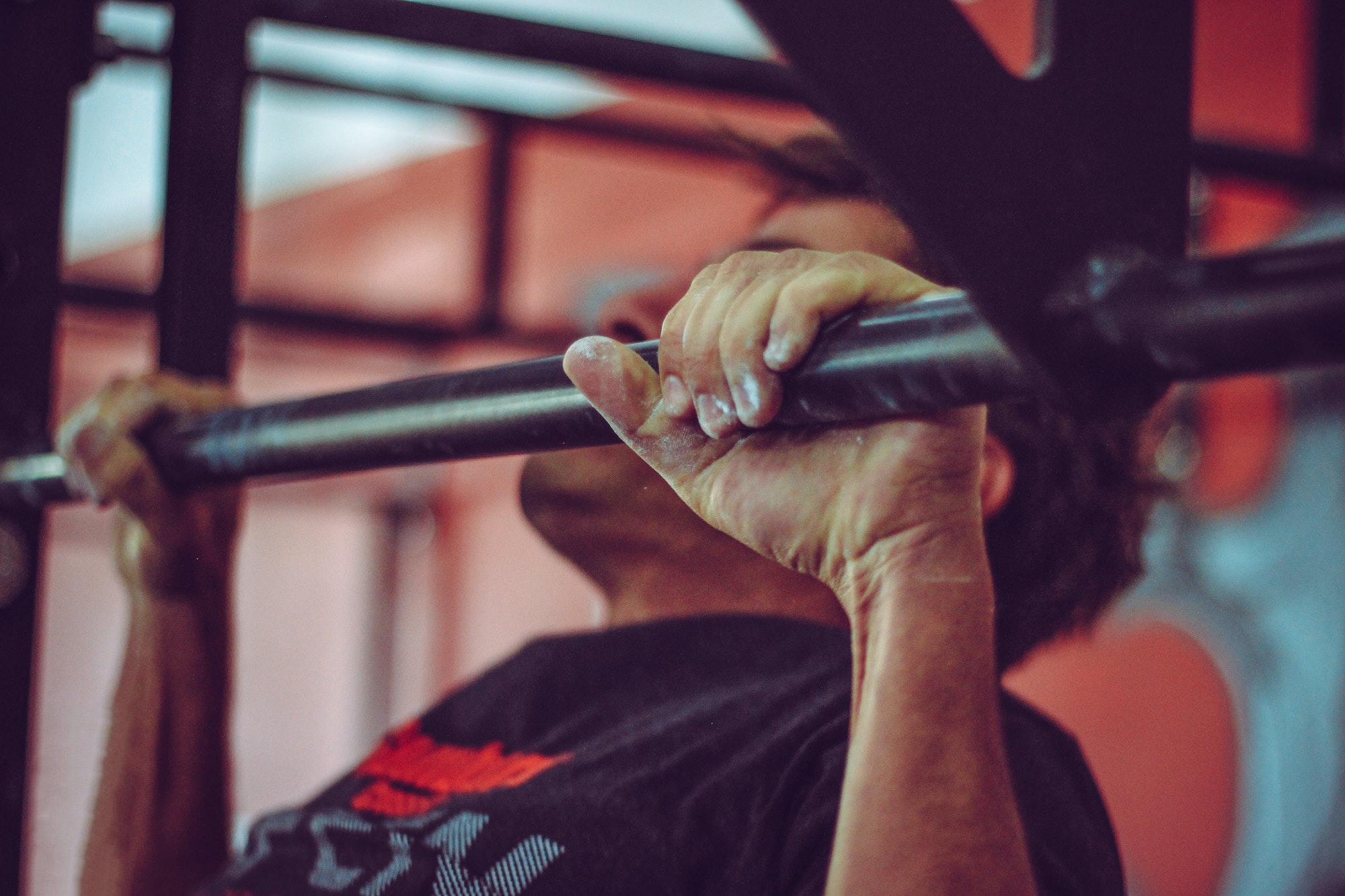
Grip training is an underrated way to improve hypertrophy.
It may not make sense in the beginning. How can grip training improve hypertrophy and get you more gains? Don't worry, we'll get there.
If you've ever struggled to complete a deadlift or felt your grip giving out during pull-ups, you know the importance of a strong grip.
Honestly, sometimes you may not even realize your grip may be failing you until you do something to help adjust your grip. You will be surprised at how a good grip can even help you with lifts like a barbell squat.
In this article, we'll delve into why grip strength is crucial, how it can enhance your lifts, and the best exercises and accessories for improving your grip.
Why Is Grip Strength Important?
Before we get into how grip training improves hypertrophy, let's learn why grip strength is important in general. Reading this portion is essential to correlate why grip training can improve hypertrophy.
The Foundation of Lifting
Grip strength is essentially the foundation upon which all your lifts are built. Whether you're deadlifting heavy weight off the ground, doing bench presses or even barbell squats, your grip is what connects you to the weight.
A weak grip can be a significant bottleneck in your progress, limiting how much weight you can lift and the number of repetitions you can perform.
Enhanced Muscle Activation
A strong grip allows for greater muscle activation throughout your body. When you grip a weight firmly, you trigger a kinetic chain reaction that engages muscles not just in your hands and forearms, but also your upper arms, shoulders, and even your core.
Injury Prevention
A stronger grip can also help in injury prevention. A firm grip aids in maintaining better control over the weight, thereby reducing the likelihood of accidents like dropping the weight or executing a lift improperly.
Muscles that Control Your Grip
So we went over why grip strength is overall important. A strong grip can be a great foundation to be able to lift weights and can make you focus more on actual lift than having your grip fail or be a limiting factor. It can also help with injury prevention whether it be accidents or some other issues down the line.
Let’s now go over the muscles that control your grip to get a better understanding of how things work.
Flexor Digitorum Superficialis and Flexor Digitorum Profundus
These are the primary muscles responsible for finger flexion, which means they help you make a fist or grip an object. They run along the inside of your forearm and attach to your fingers. When you're holding onto a barbell or dumbbell, these muscles are doing a lot of the work.
Flexor Pollicis Longus
This muscle controls the movement of your thumb and plays a significant role in your ability to grip objects. It allows your thumb to oppose the other fingers, increasing your grip stability and strength.
Extensor Digitorum
Though its primary function is to extend the fingers, this muscle also plays a role in grip strength by stabilizing the fingers. When you grip something tightly, the extensor digitorum helps maintain the integrity of the grip.
Extensor Indicis and Extensor Digiti Minimi
These muscles also assist in finger extension and stabilization, contributing to a balanced and strong grip.
Flexor Carpi Radialis and Flexor Carpi Ulnaris
These muscles control wrist flexion and add to the gripping power by allowing you to curl your wrist while holding an object, thus providing additional leverage.
Brachioradialis
Located in the forearm, the brachioradialis contributes to elbow flexion and also helps stabilize the wrist during gripping tasks. While it may not be a primary mover in grip, its stabilization role is crucial for heavy lifts like deadlifts.
Interossei and Lumbricals
These smaller muscles in the hand assist in finger adduction and abduction (moving fingers towards and away from each other) and also contribute to flexion at the metacarpophalangeal joints (the knuckles).
Thenar and Hypothenar Muscles
Located at the base of the thumb and little finger, these muscles are responsible for the fine motor skills involved in grip, such as pinching.
Understanding the roles of these muscles can help you target them effectively in your grip training. Exercises like wrist curls and plate pinches can be extremely effective in isolating and training these specific muscles, leading to a more robust and durable grip.
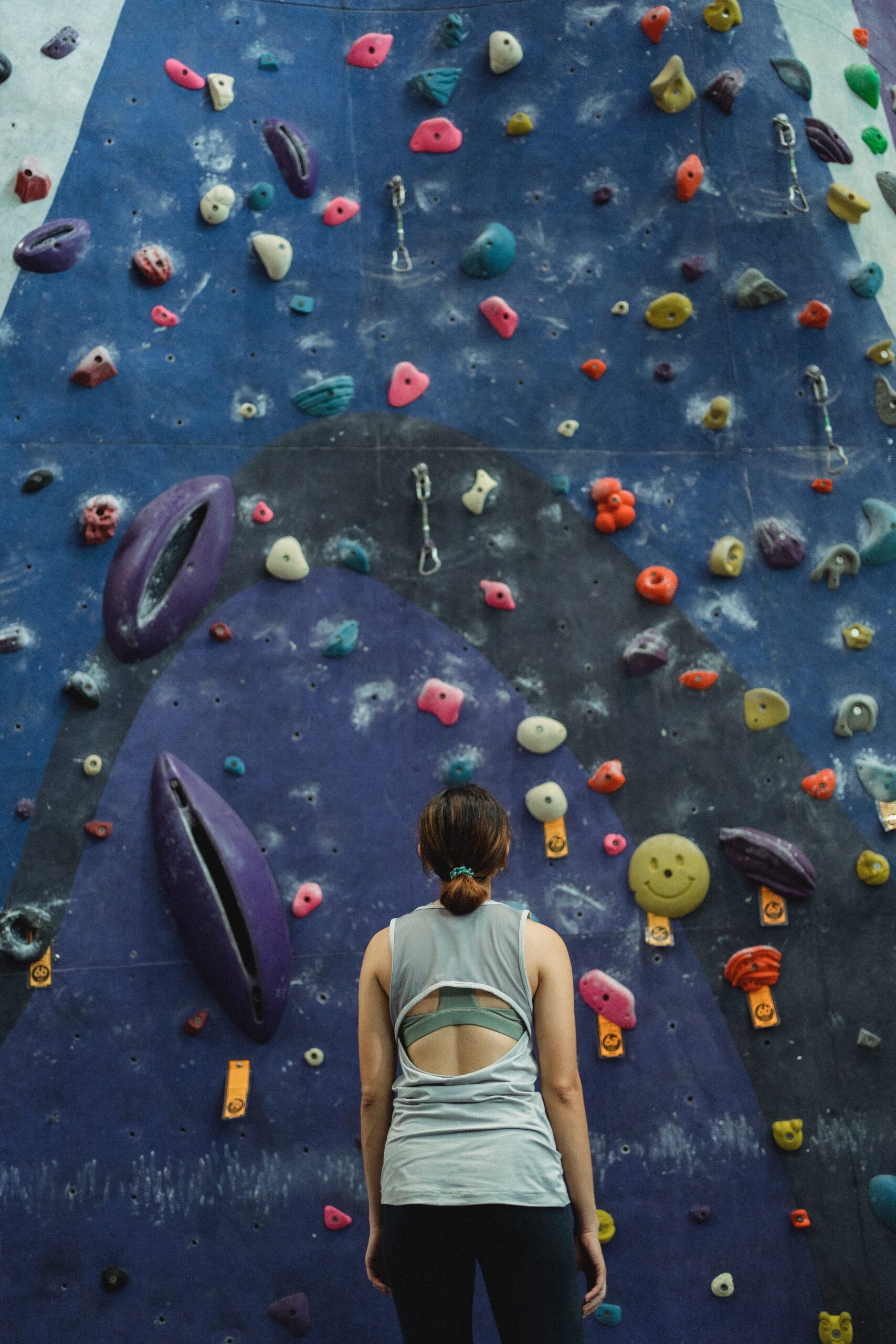
How Grip Training Improves Hypertrophy
Okay, we now have a good understanding of the anatomy of your hand and the muscles that control your grip. Let’s now dive into how grip strength actually improves your lifts and how it can be one of the reasons you are not progressing in the gym.
Increased Weight and Reps
The most obvious benefit is that you'll be able to lift more weight. A stronger grip allows you to focus on the primary muscles involved in lifts like deadlifts, pull-ups, and rows, rather than being limited by your forearms tiring out.
And that’s just lifts that really require a good grip.
You will be shocked at how many exercises where you don’t think a good grip actually still requires a good grip and having that extra strength will help you to lift more.
Better Endurance
Grip strength also contributes to muscular endurance. This will enable you to perform more reps before experiencing fatigue. This is particularly useful in exercises that require sustained grip strength, such as hanging leg raises or long sets of pull-ups.
Improved Technique
A firm grip can result in better lifting techniques. When you don't have to worry about your grip slipping, you can focus more on form, leading to more effective workouts and faster gains.
Better Gains / Faster Hypertrophy
Considering everything just mentioned, it’s very easy to correlate good grip with better gains.
The main reason is that if you have a good grip, you can perform the lift easier without it being a limiting factor. This means you can lift more weight for more reps/sets which will lead to better gains.
Example
Let’s say you’re doing dumbbell rows for 85 lbs for 8 reps.
You know you can make it to 10 reps but your grip just keeps slipping. So now you’re not hitting your true potential and you’re not hitting an RPE of 8-9 anymore because of this.
If you had a better grip, you can now hit maybe 12 reps with the same weight and you are actually hitting your RPE range without issue.
Not being able to hit your intensity range due to grip being a limiting factor will limit your gains.
Exercises to Improve Grip Strength
Farmer's Walk
Hold a heavy dumbbell in each hand and walk for distance or time. This is a simple yet effective way to build both grip strength and overall endurance.
Plate Pinches
Pinch a weight plate between your thumb and fingers and hold for time. This targets the often-neglected pinch grip.
Dead Hangs
Hang from a pull-up bar for as long as possible. This not only strengthens your grip but also stretches your lats and shoulders.
Wrist Curls
Sit on a bench with a dumbbell in your hand and your forearm resting on your thigh. Curl your wrist upwards to train the muscles in your forearms directly.
Rice Bucket Curls
Rice bucket curls are my personal favorite exercise. It works plenty of muscles in your hands and will provide you a crazy forearm pump once you are done with this.
Accessories to Assist Grip Strength
Accessories don't directly improve your grip strength. However, they will help you lift more and not have to focus on grip as much which can lead to more hypertrophy.
Lifting Straps
While these should not replace grip training, lifting straps can help you lift heavier weights in exercises like deadlifts and shrugs by taking some of the load off your grip.
Also, there is no shame in using lifting straps, especially when you are aiming for hypertrophy. Some people think it's "cheating". It is not.
Again, it shouldn't replace grip training but they are a great accessory to use.
Chalk
Gym chalk improves your grip by absorbing sweat and reducing slippage. It's a must-have for anyone serious about improving their grip.
There are many varieties of chalk loose, ball chalk, and liquid chalk.
I personally prefer the ball of chalk. It's very easy to use and carry around, it is not too messy and you will probably need to replace it every 2-3 months compared to other products.
Challenge If You Never Used Chalk: Buy some chalk. Do any exercise you would do normally. For your next or final set of that exercise apply chalk and see how much of a benefit it is for you (promise you will be surprised)
Fat Gripz
These are rubber sleeves that you can attach to barbells and dumbbells to increase their diameter, making them harder to grip and thereby improving your grip strength.
When Should I Use Grip Accessories?
You can and should use grip accessories on most sets of your exercises especially if you're constantly training in a high RPE area.
It may seem silly, but why should your grip be a limiting factor in your hitting your goal rep range and weight?
Don't let grip be something that slows down your gains. Strap up or chalk up whenever you want. There is no shame in it.
Final Thoughts on How Can Grip Training Improve Hypertrophy
So we covered how can grip training improve hypertrophy. We know now grip training is often overlooked way to improve hypertrophy. Whether you're a beginner or an experienced lifter, incorporating grip training into your routine can yield noticeable improvements in your lifts. From better muscle activation to injury prevention, the benefits are manifold. Exercises like the farmer's walk and plate pinches, along with accessories like lifting straps and chalk, can help you build a vice-like grip.
Again, don't be ashamed of using grip substitutes even when you either have a strong grip or are just starting your journey for grip training.
Photos from: Victor Freitas and Allan Mas
Get a Free Guide!
Similar Posts
Explore the pivotal role of using chalk when lifting. Find out why this can be the tool to increase your strength and help you reach your goals.
Learning to optimally rest between sets can give you the advantage you need to lift more and make better gains. Discover all the ways to do so.
Machines or dumbbells for hypertrophy has been a ongoing debate for so long. Find out which is better at effectively building muscle.
